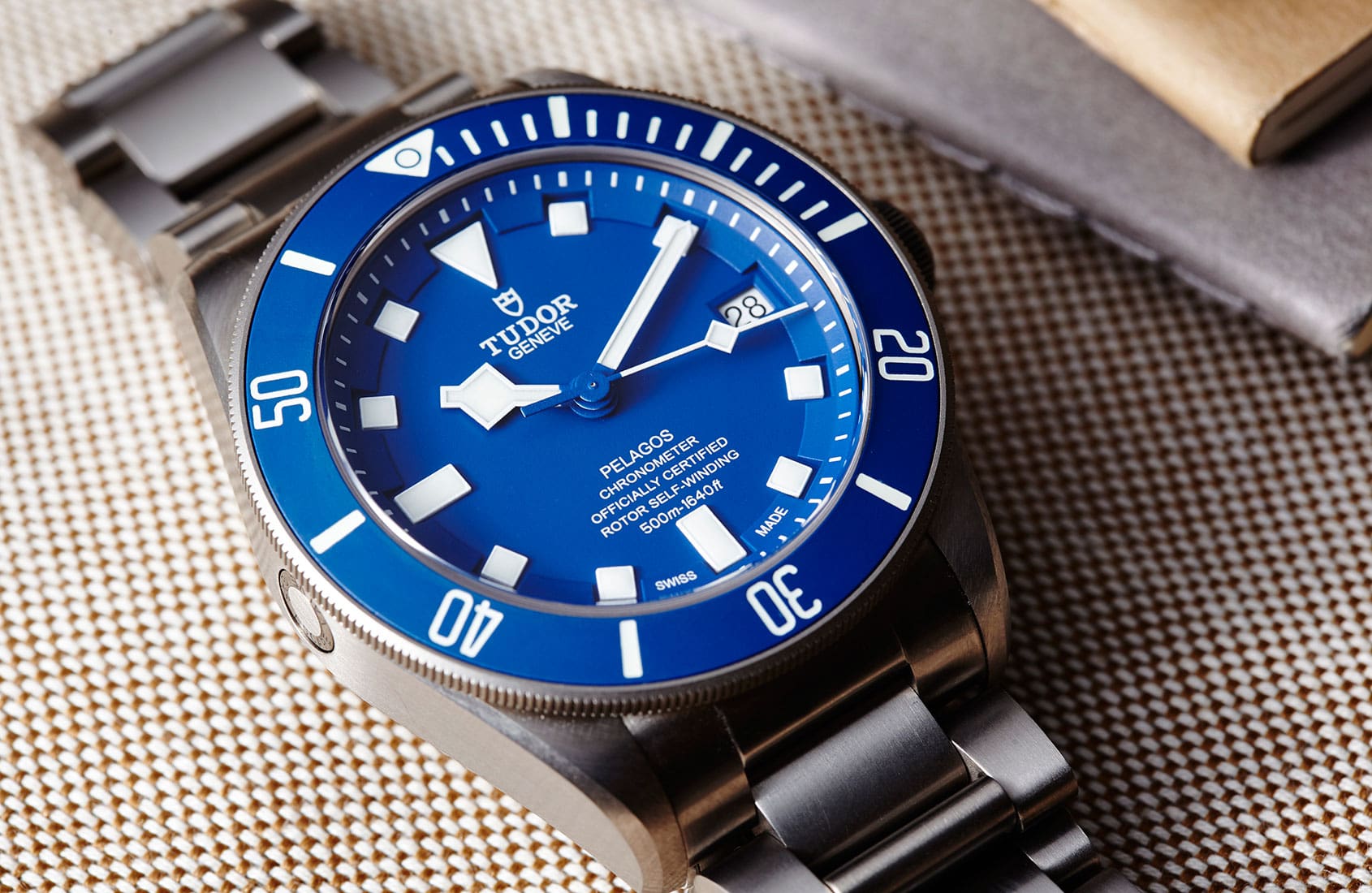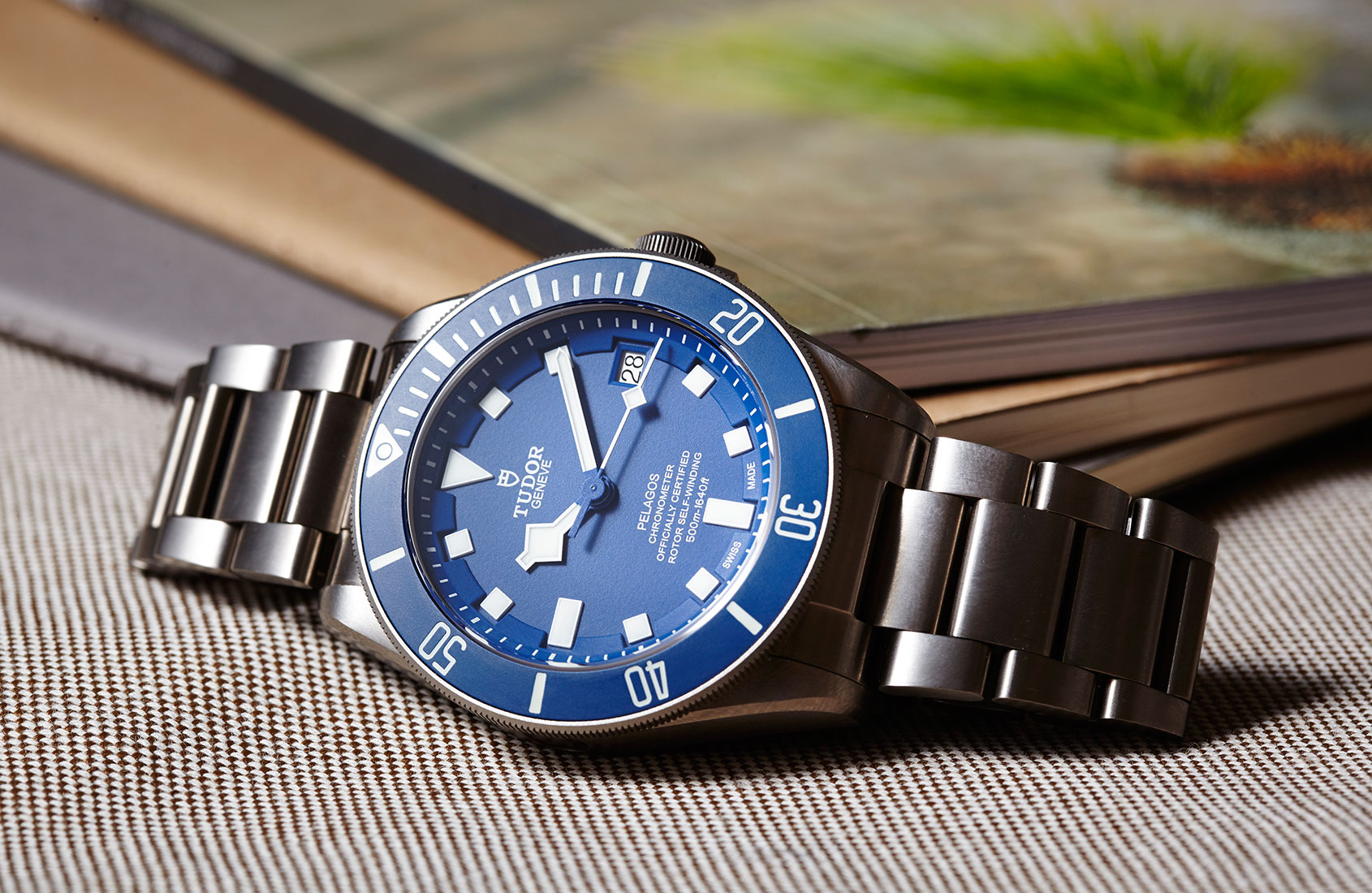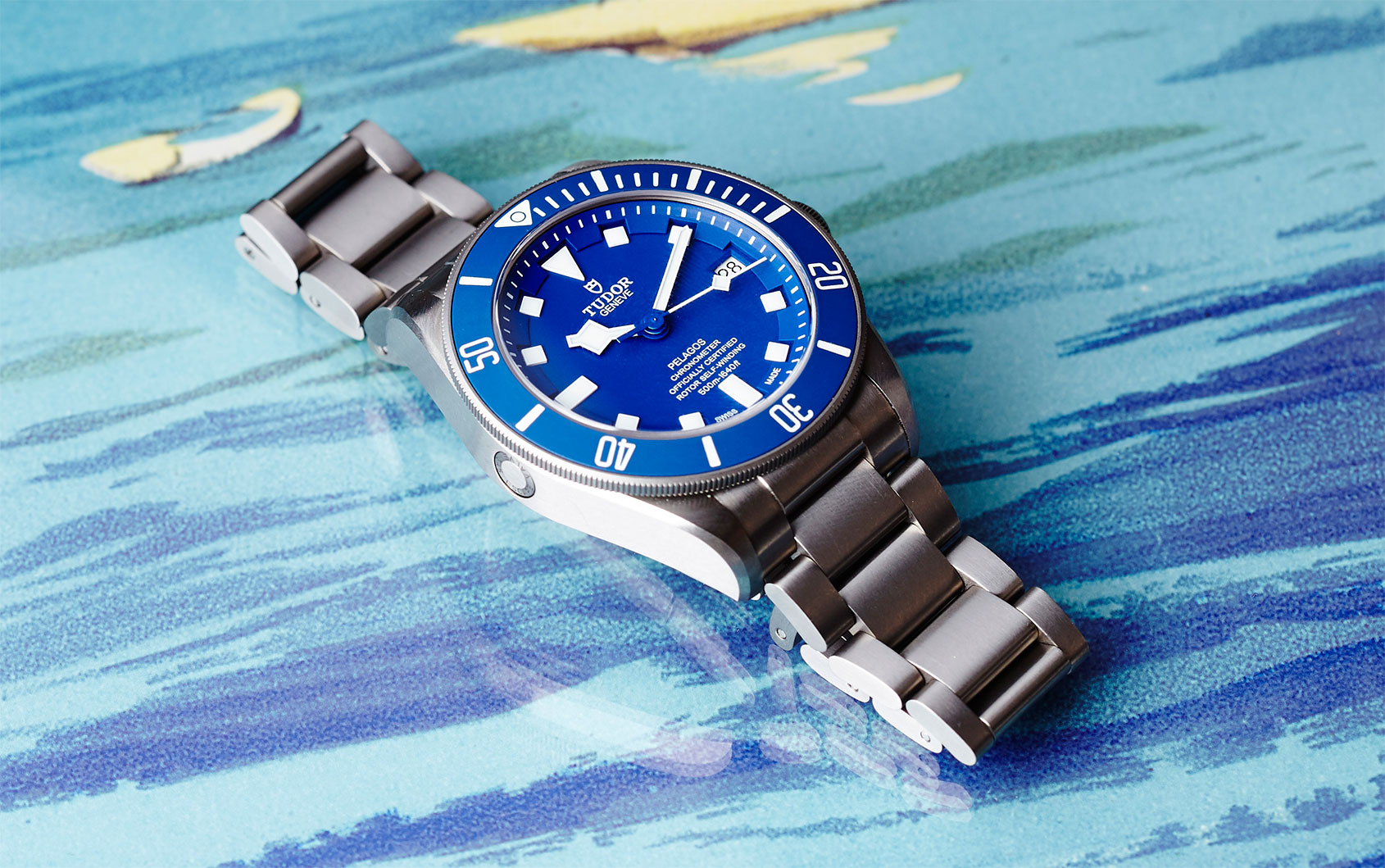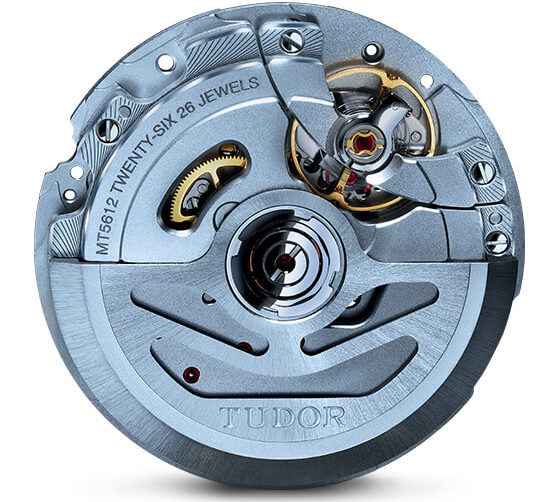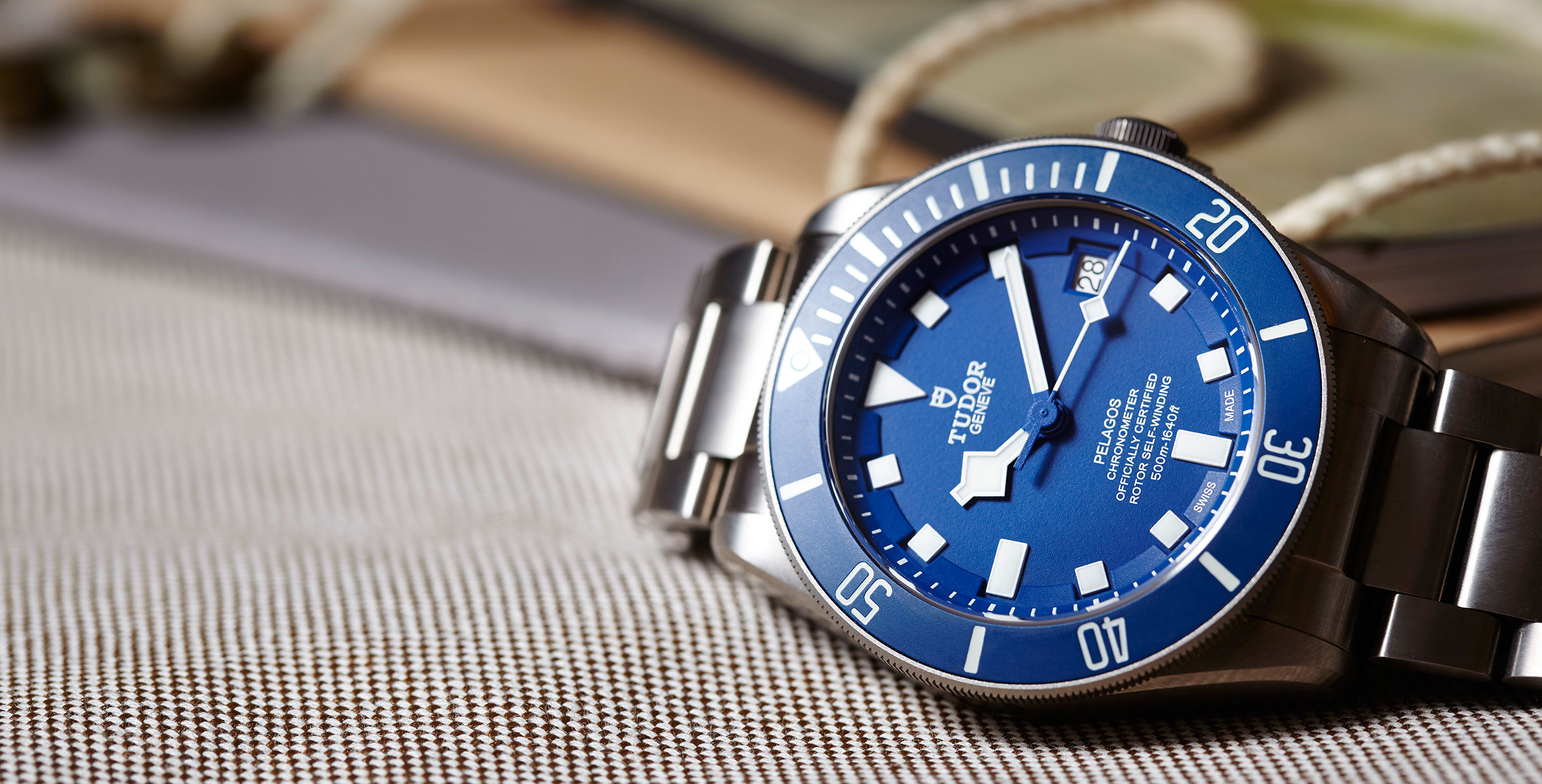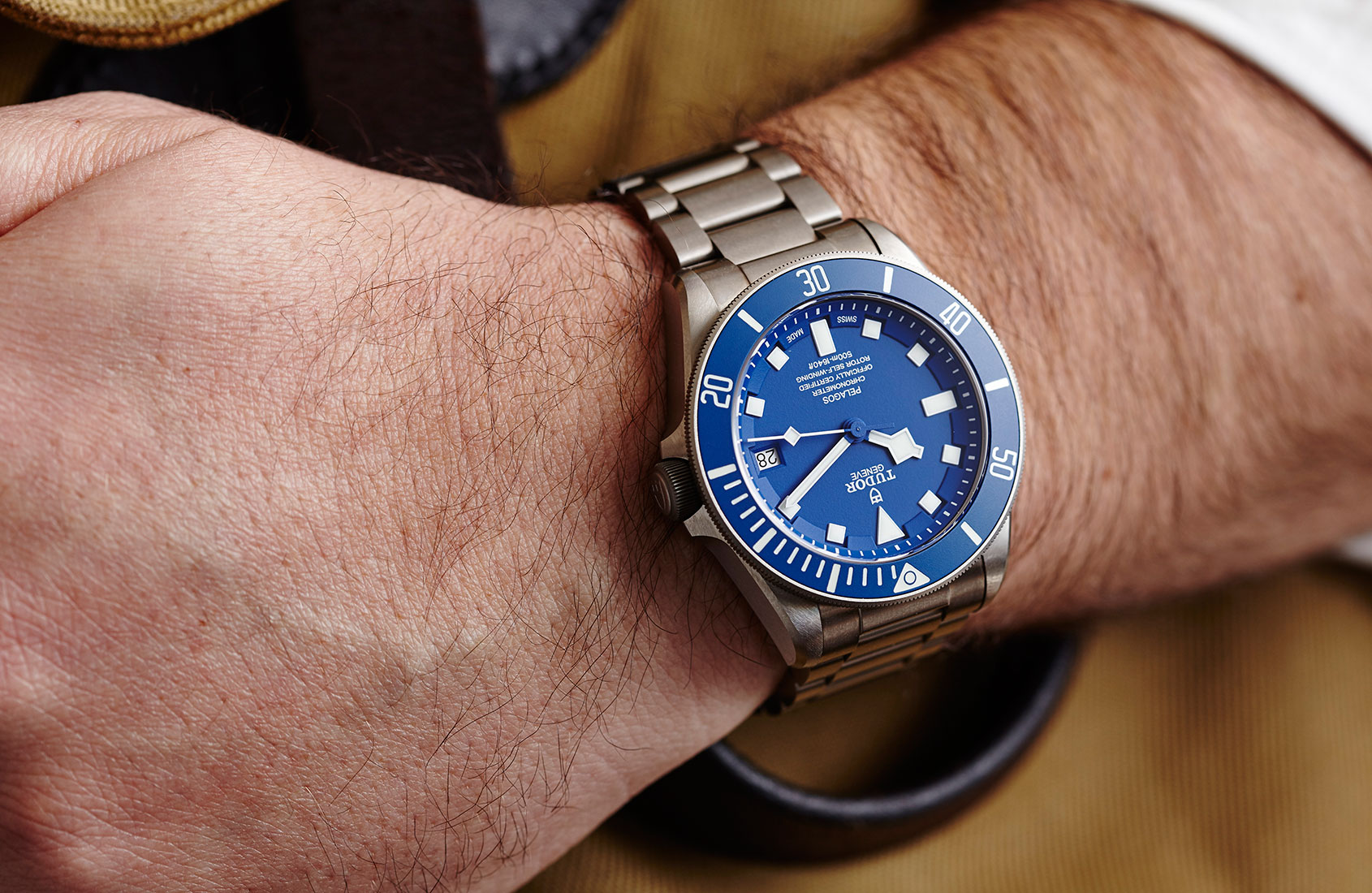HANDS-ON: Is the Tudor Pelagos the overlooked dive watch heavyweight?
Zach BlassValue is a key buzzword in the watch world. Considering this is a luxury industry, any proposition that poses an opportunity to get more than you paid for inspires awe and intrigue from buyers worldwide – and rightfully so. At the same time, Rolex can be a challenging brand for new consumers. The ability to buy one at retail rarely occurs for those without extensive purchase history, while the secondhand premiums are often fairly daunting. I won’t deny Rolex watches are incredible – I absolutely love my Submariner. But Wilsdorf sibling brand Tudor now offers pretty much everything Rolex brings to the table, sometimes even surpassing the technology found from “the crown”. The Tudor Pelagos Blue Dial is a great example of the success the brand can have when they push past the boundaries that big brother restricts itself to.
The case
Rolex may have titanium casebacks on particular Sea Dweller models, but they have never produced a watch entirely in the lightweight metal. Tudor’s tagline is “Born to Dare” and they live up to the slogan fabricating the Tudor Pelagos Blue Dial in a titanium case. Measuring up at 42mm in diameter, 14.3mm thick, and 50mm lug to lug the Tudor Pelagos Blue Dial is a very wearable 42mm watch.
The blue bezel may seem ordinary, but it actually has a lot going for it on closer inspection. It has the matte tone typically found on aluminum bezels, but is actually made of blue ceramic. The timing scale is rendered in white and, while it may not be comprised of the precious metal inlays seen on Rolex professional watch bezels, it does offer something really neat. The white of the bezel is actually a luminescent coating, which means the bezel will glow in the dark just like its hands and indices on the dial. From a utility perspective I would say points go to Tudor in this regard.
The case of the watch is a nice middle ground between a Submariner and a Sea Dweller. I am not only talking about its diameter and thickness, which situates itself between the two iconic Rolex divers, but also its water resistance. A Rolex Submariner is 300 meters water-resistant, and a Rolex Sea-Dweller 1220 meters water-resistant. The Tudor Pelagos Blue Dial finds middle ground between the two, capable of reaching depths up to 500 metres beneath the surface. This can be attributed, in part, to the titanium screw-down crown (and its gasket system) and helium-escape valve found at the 9 position of the case.
The dial
Rolex has never produced the Submariner with a blue dial, at least not in the more affordable stainless steel. Tudor, however, steps up to the plate and gives the people want they want. The blue is matte, matching the tone and texture of the bezel and the white fill to the snowflake hands and box/triangle markers are extremely legible against the colored dial. The outer minutes track is printed on the radial stepped inner bezel. The luminescent material on the hands and markers shines very bright in dark settings, with an ample and long-lasting coating applied to each. The only possible detriment of the dial and its layout is its five consecutive lines of print above the sixth hour index, which, to be frank, will only disappoint the most die-hard enthusiasts.
The bracelet
The titanium bracelet is entirely satin brushed, making it less prone to revealing scratches over the course of wear. Believe it or not, the links are actually secured by screws in favour of the pin and collar system typically found in titanium bracelets – a design choice sure to please those who make inquires into the timepiece. The folding clasp is secured by robust ceramic pins, that will ensure the security of its closure lasts over the years as you put on and remove the watch.
The folding clasp is actually a blend of titanium and stainless steel. Tudor elected to make one of the more sensitive swing arm components of the clasp in steel for added durability. Within the clasp is Tudor’s very own take on a glidelock extension system. There are three user-friendly points of micro adjustment to use as the base for the fit. Beyond that, the coil spring system within the clasp will automatically expand and contract as your wrist fluctuates in size over the course of the day – which means you don’t even have to take the watch off, or anything for that matter, to resize it once you pick your preferred slot within the initial three positions of micro adjustment. There is also a dive extension at the end of the clasp to make it easy to wear over a wetsuit.
The movement
Inside the watch is the Tudor Manufacture Calibre MT5612. It has a power reserve of 70 hours, an anti-magnetic silicon hairspring, and is regulated within chronometer standards for accurate timekeeping. This is a huge step above the ETA movements found in previous Tudor models, and considering the technologies found internally and externally – it shows Tudor isn’t playing games and really means business. Until Rolex leveraged its latest calibers in all of its professional watches, Tudor was offering more technology and efficiency in its movements – with Rolex finally catching up earlier this year.
Where the watch may lose to Rolex
Some people are not fans of titanium – its defining lightweight trait is not appealing to everyone. Heft sometimes correlates to luxury, at least in terms of the feeling in the hand, and it takes an appreciation for lightness on the wrist to adapt your taste and perspective. Oddly titanium watches typically cost more than stainless-steel models, due to the increased difficulty of fabricating the metal into a timepiece and its more expensive cost to source. The 904L steel has a precious metal like heft on the wrist, and it’s an undeniably pleasant and luxurious feeling when worn. But we also often throw the term “daily beater” around, and that’s where having something light on the wrist begins to be a benefit.
The less superficial hurdle Tudor needs to address to surpass Rolex in its offerings is the thickness of their watches. The Pelagos is a hair over 14mm thick, while the Submariner is a hair over 12mm. To be fair, the Pelagos’s larger size and greater level of water resistance earns itself a better comparison to the Rolex Sea-Dweller – and the Sea-Dweller is 15.2mm thick and more than 50mm lug to lug.
Short of a strong affection for the iconic cyclops date magnification found on Rolex watches, when you consider the price of the Tudor Pelagos Blue Dial it offers equal (or possibly even greater) technology at half the price of a Submariner and less than half the price of a Sea-Dweller. If a 42mm diameter, 14.3mm thickness, and 50mm lug to lug is not something you would consider too large for your wrist then do yourself a favor: skip the wait and premium of Rolex and opt for a Pelagos instead. It is something you can get pretty much right away, and you will also have a good chunk of cash left over to take it diving on a vacation when travel and normal life resumes.




